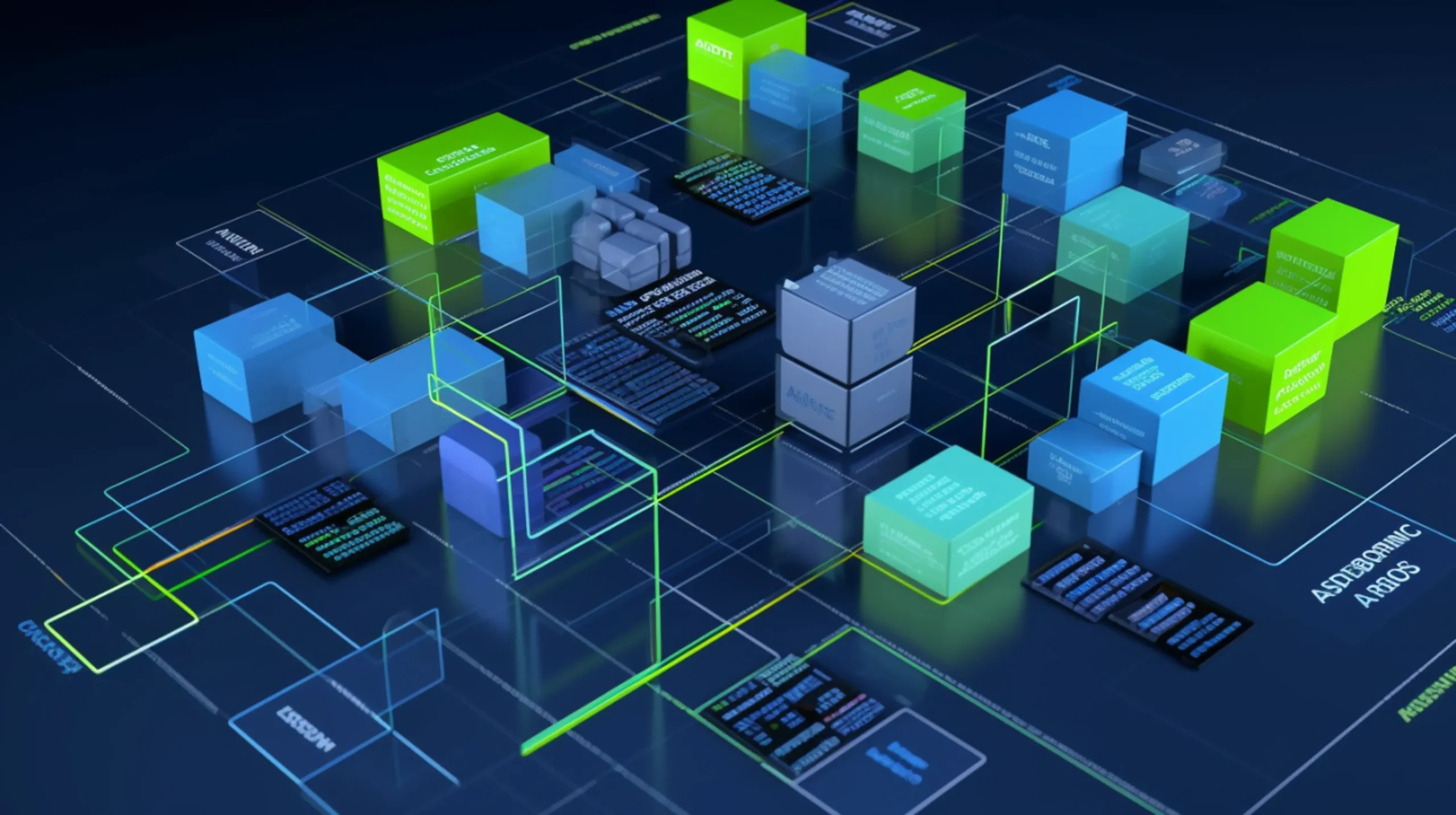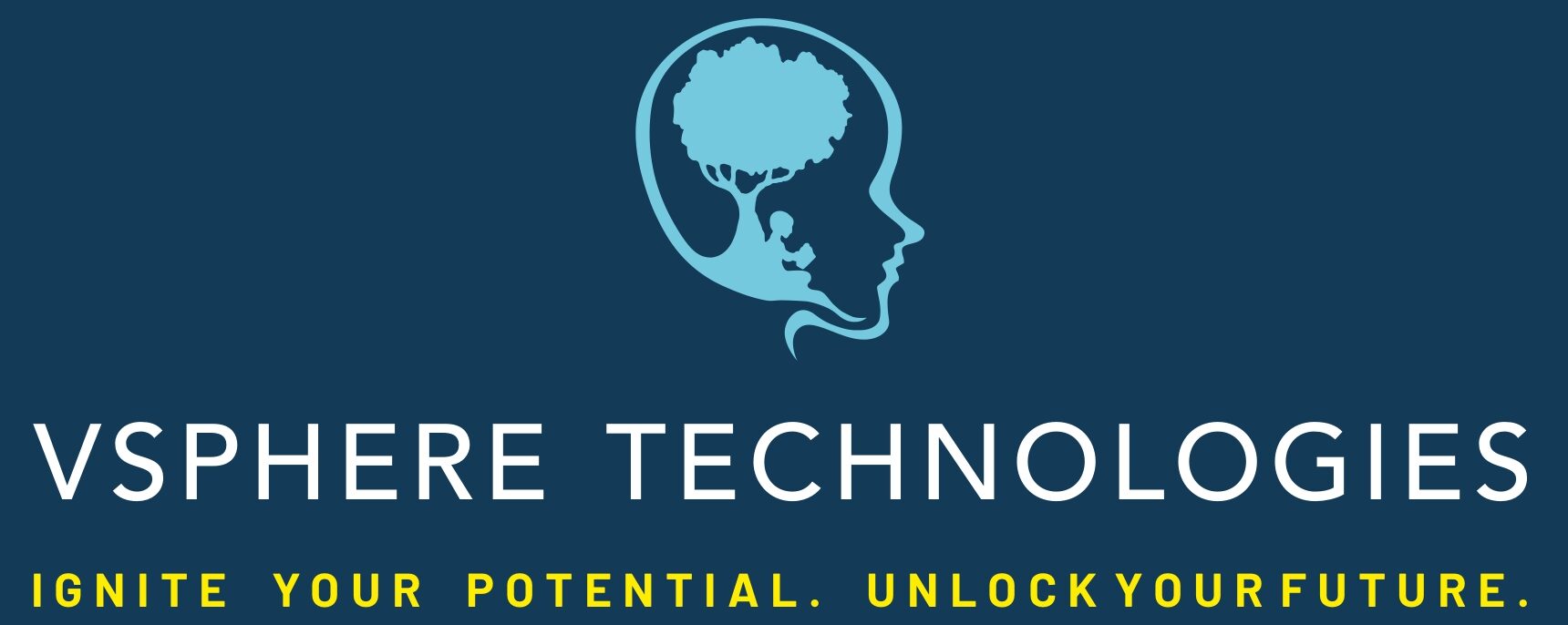
Master the Power
Bridge the Gap: Master DevOps at VSPHERE Technologies
At VSPHERE Technologies, we offer a comprehensive DevOps training program designed to equip you with the skills and knowledge to bridge the gap between development and operations. Become a DevOps engineer and revolutionize the way software is built and deployed.
Break down silos and streamline your software development lifecycle with DevOps!
nvest in your future, enroll today, and become a DevOps engineer!
+ 91 86600 39835
CALL ANYTIME OUR TO EXPERTS
Syllabus for Azure DevOps with Real-Time Scenario
1.1 Understanding DevOps
- Definition and principles of DevOps
- Importance of DevOps in software development lifecycle
- Role of Azure DevOps in enabling DevOps practices
1.2 Overview of Azure DevOps Services
- Introduction to Azure DevOps Boards, Repos, Pipelines, Test Plans, and Artifacts
- Understanding the features and capabilities of each service
- Integration with other Azure services and third-party tools
1.3 Azure DevOps Role in Software Development
- Responsibilities of DevOps engineers, developers, and testers
- Collaboration and communication within cross-functional teams
- Real-world examples of successful DevOps implementations using Azure DevOps
2.1 Creating Azure DevOps Organization and Project
- Setting up Azure DevOps organization
- Creating projects and repositories in Azure DevOps
2.2 Configuring Azure DevOps Boards
- Creating and managing work items (User Stories, Tasks, Bugs, Epics)
- Configuring boards, backlogs, sprints, and Kanban boards
- Customizing process templates and work item types
2.3 Connecting Azure Repos to Version Control
- Creating Git repositories in Azure Repos
- Cloning repositories locally and pushing code changes
- Branching, merging, and pull requests in Azure Repos
3.1 Introduction to Azure Pipelines
- Understanding CI/CD concepts
- Overview of Azure Pipelines features and capabilities
- Creating and managing build pipelines
3.2 Configuring Build Pipelines
- Defining build triggers and sources
- Configuring build agents and environments
- Integrating with source control, build tasks, and extensions
3.3 Real-Time Scenario: Setting Up CI Pipeline
- Configuring a CI pipeline for a web application
- Automating build process for code changes
- Running automated tests as part of the build pipeline
4.1 Introduction to Continuous Deployment
- Understanding deployment strategies: Blue-Green, Canary, Rolling, etc.
- Overview of deployment stages and environments
4.2 Configuring Release Pipelines
- Creating release pipelines for deploying applications
- Defining release triggers and artifacts
- Configuring deployment targets and environments
4.3 Real-Time Scenario: Setting Up CD Pipeline
- Configuring a CD pipeline for deploying a web application to Azure App Service
- Automating deployment process for code changes
- Implementing deployment gates and approval workflows
5.1 Introduction to Azure Test Plans
- Overview of test planning, execution, and tracking
- Creating test plans, test suites, and test cases
5.2 Test Automation with Azure Pipelines
- Integrating test automation frameworks (Selenium, NUnit, Jest, etc.)
- Running automated tests as part of CI/CD pipelines
- Analyzing test results and generating reports
5.3 Real-Time Scenario: Implementing Test Automation
- Creating automated UI and API tests for a web application
- Running tests automatically as part of CI/CD pipelines
- Analyzing test results and identifying issues
6.1 Introduction to Azure Artifacts
- Overview of package management and artifact repositories
- Creating and publishing packages in Azure Artifacts
- Managing package versions and dependencies
6.2 Integrating Azure Artifacts with Build and Release Pipelines
- Using Azure Artifacts feeds as package sources
- Restoring and publishing packages during build and release processes
- Configuring artifact retention policies
6.3 Real-Time Scenario: Managing Dependencies and Packages
- Creating and publishing NuGet packages for a .NET project
- Consuming packages in CI/CD pipelines for build and deployment
7.1 Introduction to Azure Monitor
- Overview of monitoring capabilities in Azure DevOps
- Configuring alerts and notifications for build and release events
- Analyzing metrics and logs for performance monitoring
7.2 Application Insights Integration
- Monitoring application performance, availability, and usage
- Integrating Application Insights with Azure DevOps for end-to-end visibility
- Analyzing telemetry data and diagnosing issues
7.3 Real-Time Scenario: Implementing Monitoring and Insights
- Configuring alerts and notifications for critical events in CI/CD pipelines
- Monitoring application performance and usage with Application Insights
- Analyzing telemetry data to identify performance bottlenecks and optimize workflows
8.1 Azure DevOps Security Best Practices
- Implementing security controls and access policies
- Role-based access control (RBAC) for Azure DevOps services
- Securely managing secrets and credentials
8.2 Compliance and Governance
- Overview of compliance standards: GDPR, HIPAA, SOC, etc.
- Implementing compliance controls in Azure DevOps environments
- Accessing compliance reports and audits
8.3 Real-Time Scenario: Securing Azure DevOps Environment
- Implementing RBAC and access controls for Azure DevOps services
- Encrypting sensitive data and managing secrets securely
- Configuring audit logs and monitoring for security compliance
9.1 Overview of Azure DevOps Marketplace
- Exploring extensions and integrations available in the marketplace
- Finding and installing extensions for Azure DevOps services
9.2 Customizing Workflows with Integrations
- Integrating Azure DevOps with third-party tools and services (Slack, Jira, ServiceNow, etc.)
- Automating workflows and notifications with integrations
9.3 Developing Custom Extensions
- Introduction to Azure DevOps REST APIs and SDKs
- Developing and publishing custom extensions for Azure DevOps
- Extending Azure DevOps functionality with custom tasks and widgets
10.1 Scenario Description and Requirements
- Understanding business requirements and project scope
- Identifying stakeholders and user stories
10.2 Planning and Designing DevOps Workflow
- Designing CI/CD pipelines, test plans, and release strategies
- Planning for monitoring, security, and compliance
10.3 Implementation and Deployment
- Setting up Azure DevOps environment and configuring services
- Implementing CI/CD pipelines, test automation, and artifact management
- Deploying and monitoring applications in production environment

Program Description
At VSPHERE Technologies, we offer a comprehensive DevOps training program designed to equip you with the skills and knowledge to bridge the gap between development and operations. Become a DevOps engineer and revolutionize the way software is built and deployed.
Devops
Our program delves into the core principles of DevOps, covering:
- DevOps Fundamentals
- AWSAutomation Techniques
- Continuous Integration and Delivery (CI/CD)
- Infrastructure as Code (IaC)
- Version Control Systems (VCS)
- Monitoring and Observability

Benefits of Our DevOps Training Program
Gain real-world experience through labs, projects, and case studies simulating DevOps workflows.
Learn the tools and technologies used by leading companies in their DevOps practices.
Prepare for industry-recognized DevOps certifications like Certified Kubernetes Administrator (CKA) or AWS Certified DevOps Engineer - Professional.


We’re Certified IT Experts.
Get to Know more About Course
Key features of the programs are
- 60+ hours of course duration
- Industry expert faculties
- Completed 150 + batches
- List Free demo classes #1
- List Item #Free counseling and certification guidance
- 100% job assurance.

We created a syllabus that aligns with industry standards and caters to both beginning and experienced learners.
Our Program Benefits
VSPHERE Technologies
- Gain comprehensive knowledge and skills with our 60+ hour course duration.
- Learn from seasoned professionals with real-world experience.
- Over 150 batches have successfully completed our programs and secured jobs.
- Get a feel for our approach with free demo classes.
- We provide free counseling and certification guidance to help you shape your career path.
- Get 100% job assistance to kickstart your dream career (Terms and Conditions apply).




